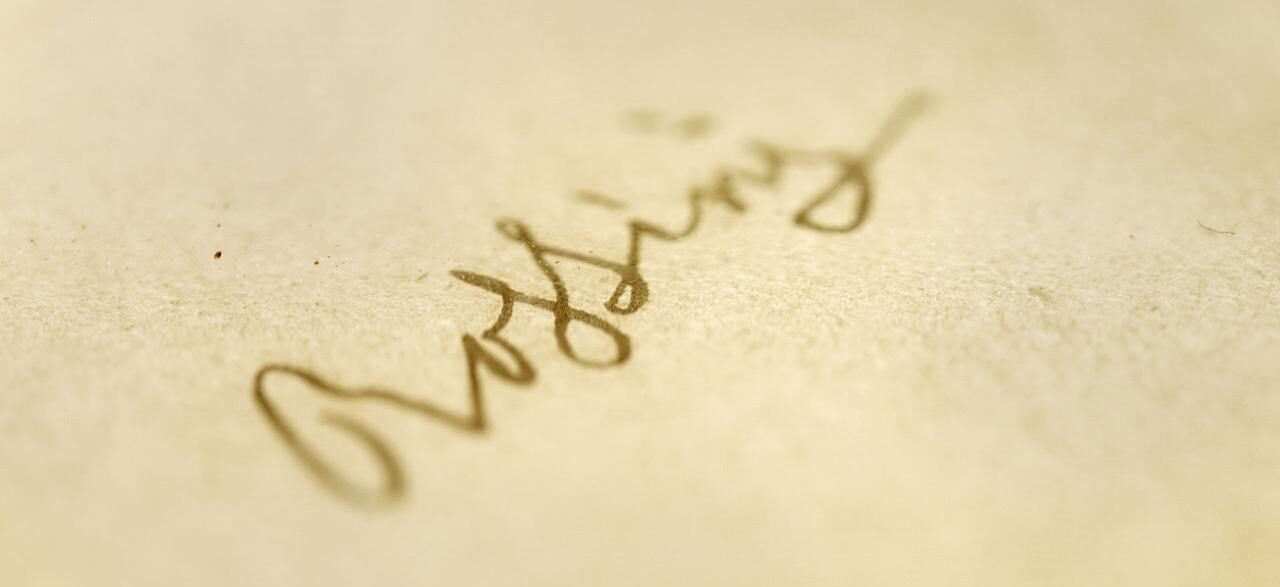
Why you should not miss L’Italiana
How many Italiane in Algeri are there? The answer to this question, which is not as obvious as it might seem at first, is simple: two. As well as the famous opera composed by Rossini in spring 1813 for the Teatro San Benedetto in Venice, another opera with the same title, L’Italiana in Algeri, with music by Luigi Mosca, premiered on 16 August 1808 at the Teatro alla Scala in Milan. Both operas share the same libretto, written by Angelo Anelli. Rossini hastily reused it to meet the unexpected commission for a comic opera to replace one that his colleague Carlo Coccia had not yet completed. In less than a month — perhaps even two weeks — Rossini had to compose and stage his own Italiana in Algeri. The changed circumstances necessitated some alterations to Anelli’s original libretto, which had been conceived for a different venue and artistic company. The most significant of these were the addition of a further solo for Isabella in the second act (the cavatina ‘Per lui che adoro’) and the introduction of the ‘onomatopoeic’ verses (‘Nella testa ho un campanello | che suonando fa dindin’, etc.) in the stretta of the Finale Primo. These verses certainly contributed to the ‘organised madness’ that pervades Rossini’s entire score, as described by Stendhal.
Just as the move from Milan to Venice necessitated changes to the libretto’s structure, new performance opportunities prompted Rossini to rework his opera each time he staged it in the months following its Venetian debut. To adapt the opera to the needs of different audiences and performers, Rossini made cuts and substitutions, aiming to achieve the best possible performance. Thus, from the first revival of the opera in Vicenza in the summer of 1813, Rossini composed a new entrance aria for Isabella, ‘Cimentando i venti e l’onde’, replacing the original ‘Cruda sorte! Amor tiranno!’. For the production at the Teatro Re in Milan in the spring of 1814, the composer restored the cavatina “Cruda sorte! Amor Tiranno’ (modifying the orchestration), writing a new aria for Lindoro, ‘Concedi Amor Pietoso’, to replace ‘Oh Come Il Cor Di Giubilo’, and retouching Isabella’s solo, ‘Per Lui Che Adoro’. The following year, at the Teatro dei Fiorentini in Naples, he made further changes: omitting “Oh come il cor di giubilo” and Haly’s aria “Le femmine d’Italia”, and replacing Isabella’s rondo in the second act with a new piece, “Sullo stil de’ viaggiatori”.
The critical edition of the score, edited for the Rossini Foundation by Azio Corghi, provides a detailed account of all these changes. Its aim is to shed light on the reasons behind Rossini’s choices and recount the performance and interpretative history of L’Italiana in Algeri as comprehensively as possible. Furthermore, through this information, the critical edition addresses today’s performers, guiding their choices in an informed manner. Far from being a closed and prescriptive text, it offers itself as a tool that encompasses multiple performance possibilities. The image of the opera reflected in the critical edition is therefore not comparable to a sphere of formal perfection, but rather to an irregular polyhedron with an ever-changing profile, depending on which face is in the foreground. So, what face of L’Italiana in Algeri will the artistic team hired by the Rossini Opera Festival show us? To find out, we only have to go to Pesaro next August.
Andrea Malnati
Published in : 31 May 2025
